1 - Peugeot 309: this one had even been assembled in England, so a Perkins engine could not seem so outrageous at all. Sure the gear-driven cam-in-block and 3-bearing crankshaft design would be seen as too outdated compared to the 1769cc XUD7 engine which besides having more 9cc had a belt-driven overhead camshaft and a 5-bearing crankshaft, and also had a noticeably higher torque throughout all the RPM range, not to mention the 1905cc XUD9 which was offered in the 309 too, but when we take a look at the gasoline-powered engines the old Perkins may still fare better than both a 1118cc version of the Simca Poissy engine rechristened as PSA E1A that only started to get better torque than the Perkins after both engines surpassed 4200 RPM which is too close to the 4400 RPM rev limit of the Perkins and means any performance advantage would be negligible through most of the operating of both engines. Even the 1294cc Poissy rechristened as G1A would only beat the 1760cc Perkins 4-108 above 3200 RPM, so for most normal driving circumstances the "agricultural" nature of the Perkins would not be a problem at all;
2 - Citroën ZX: this model has been also made in Spain, where the Perkins 4-108 used to be a popular powerplant for taxis and light-duty utility vehicles, and assembled in Uruguay in a time when Diesel engines were more favored. The agrarian tradition of Uruguay, well-known for its high-quality beef, could be a good excuse to promote a higher acceptance of such a rugged engine which had been fitted to small farm tractors, while the reliance on imported parts would make it quite easy to assimilate the idea of a different engine for some Uruguayan-assembled versions of the Citroën ZX. And even though the Perkins 4-108 would eventually be outperformed by all the gasoline-powered and Diesel engines originally fitted to this model, it would not be absolutely underpowered;
5 - Renault Kangoo (1st generation): with the lowest-grade gasoline-powered engine fitted to it being the 1149cc D7F and the entry-level Diesel option being the 1870cc F8Q with natural aspiration and indirect injection, the Perkins 4-108 could be eventually justifiable in countries such as Uruguay where it was assembled from CKD kits by Nordex under contract until 2002. While the D7F would only outperform the Perkins once it surpassed 4000 RPM, the F8Q actually does it at every RPM, even though the displacement which is 110cc greater and the OHC head clearly give it an advantage.


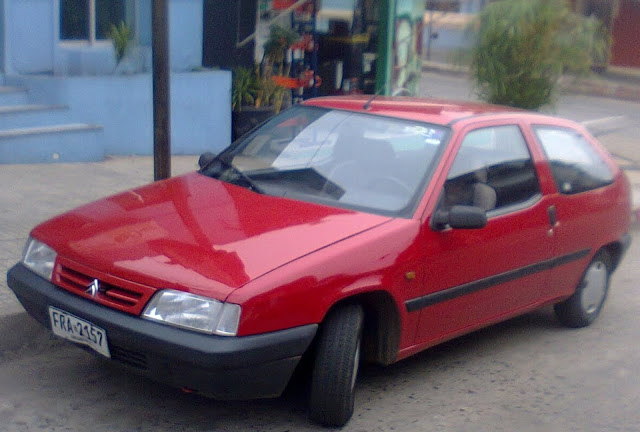
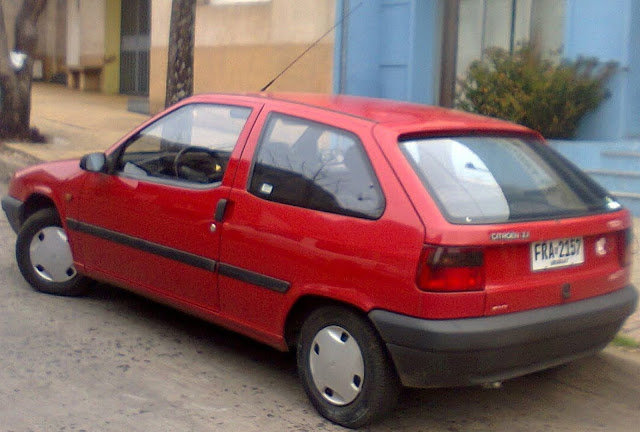
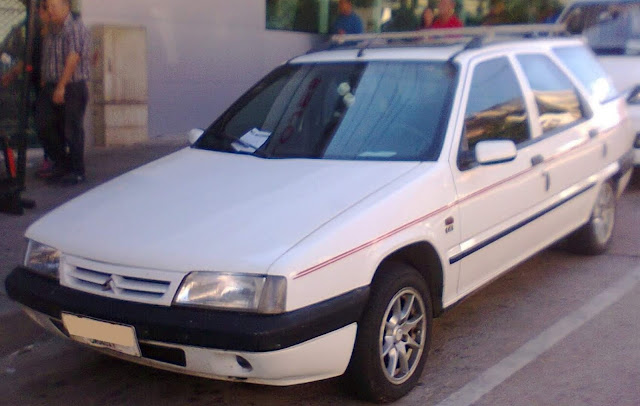
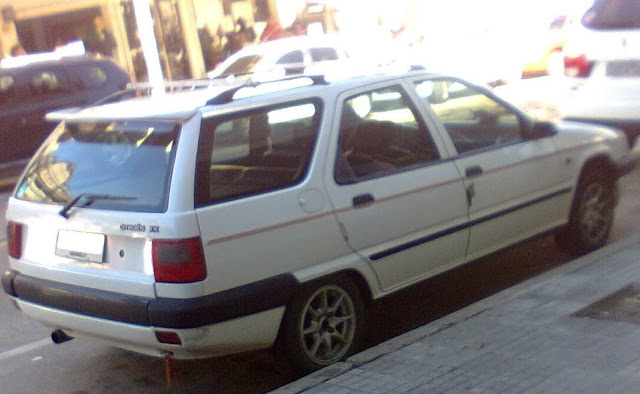


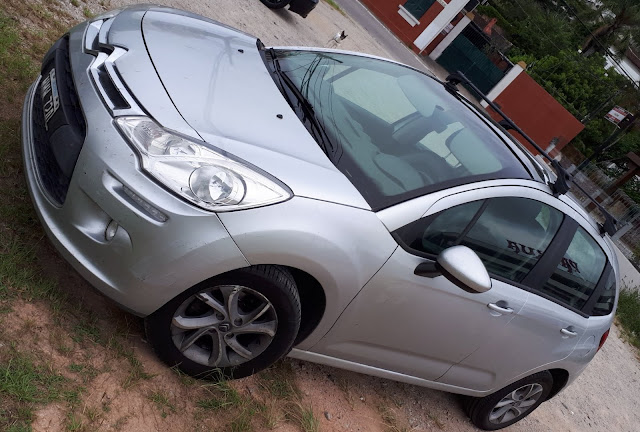
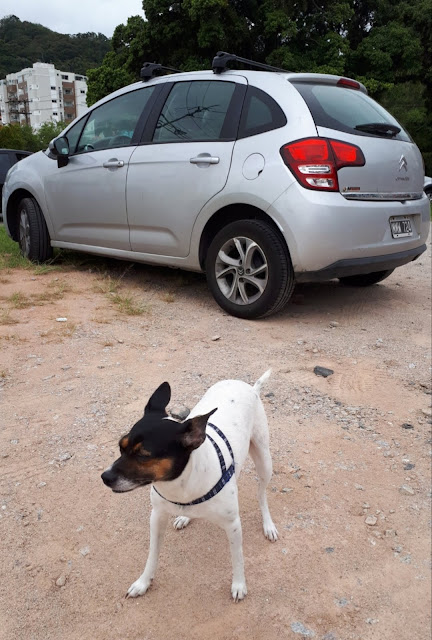
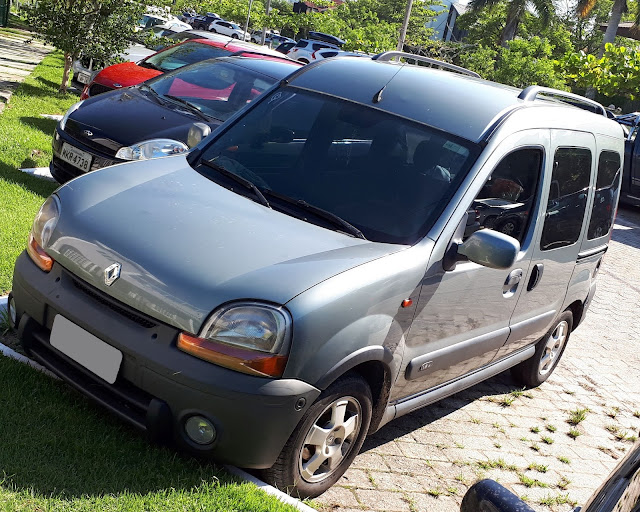
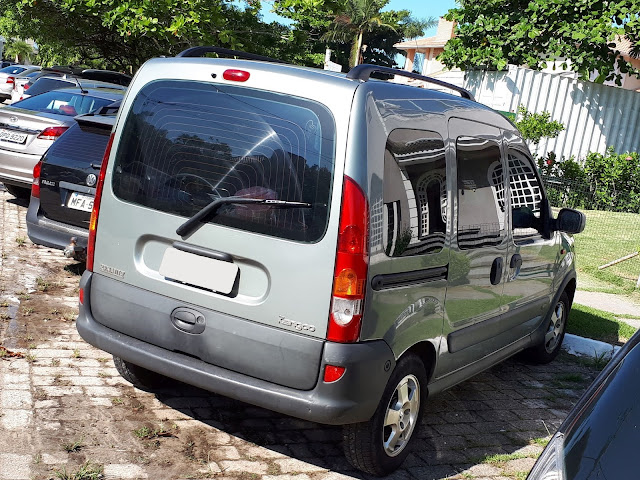
No comments:
Post a Comment
Only comments written in English are published. Not so rigid about the grammar, but some regional slang should be avoided to make it clear and easily understandable.